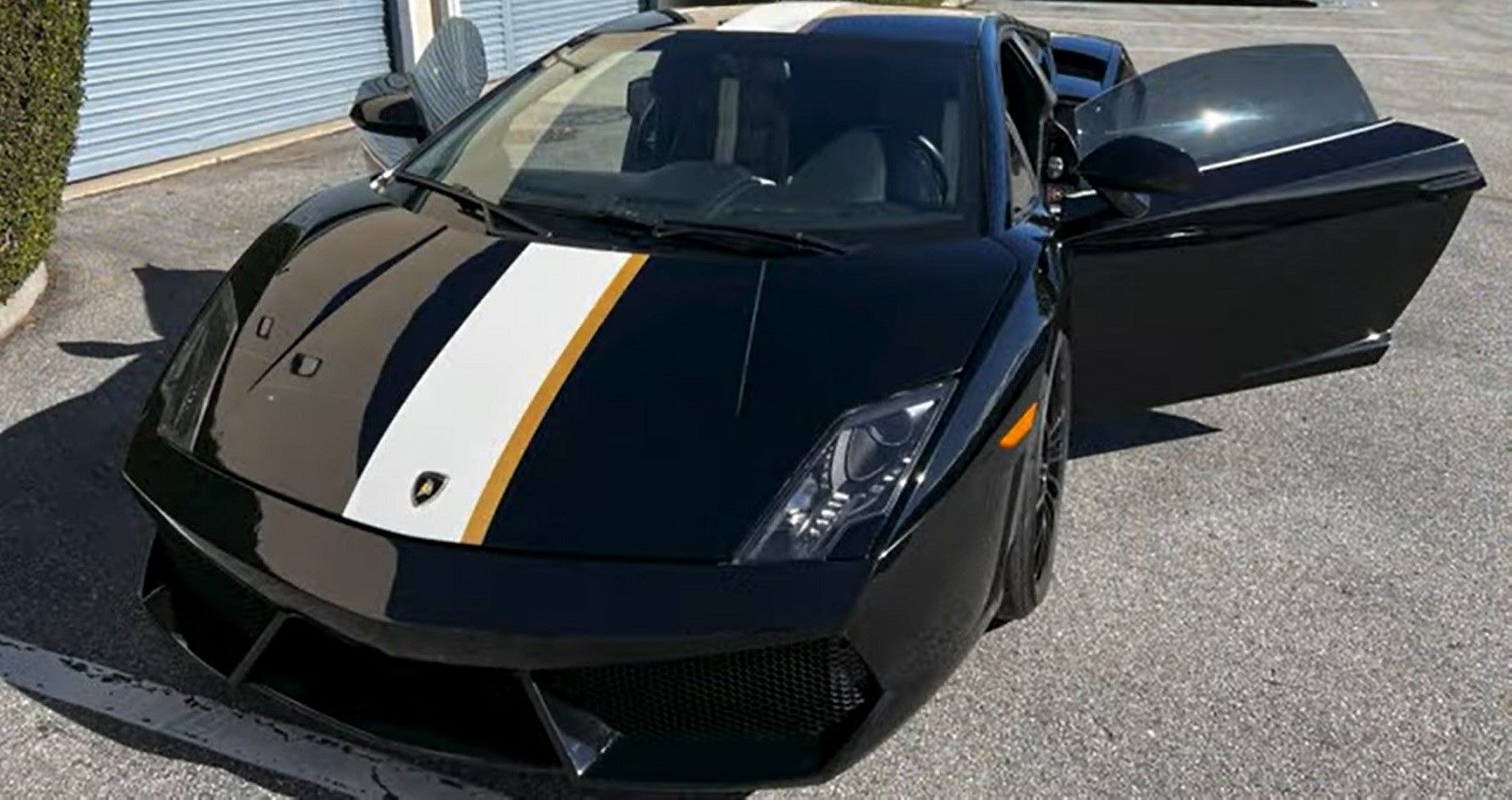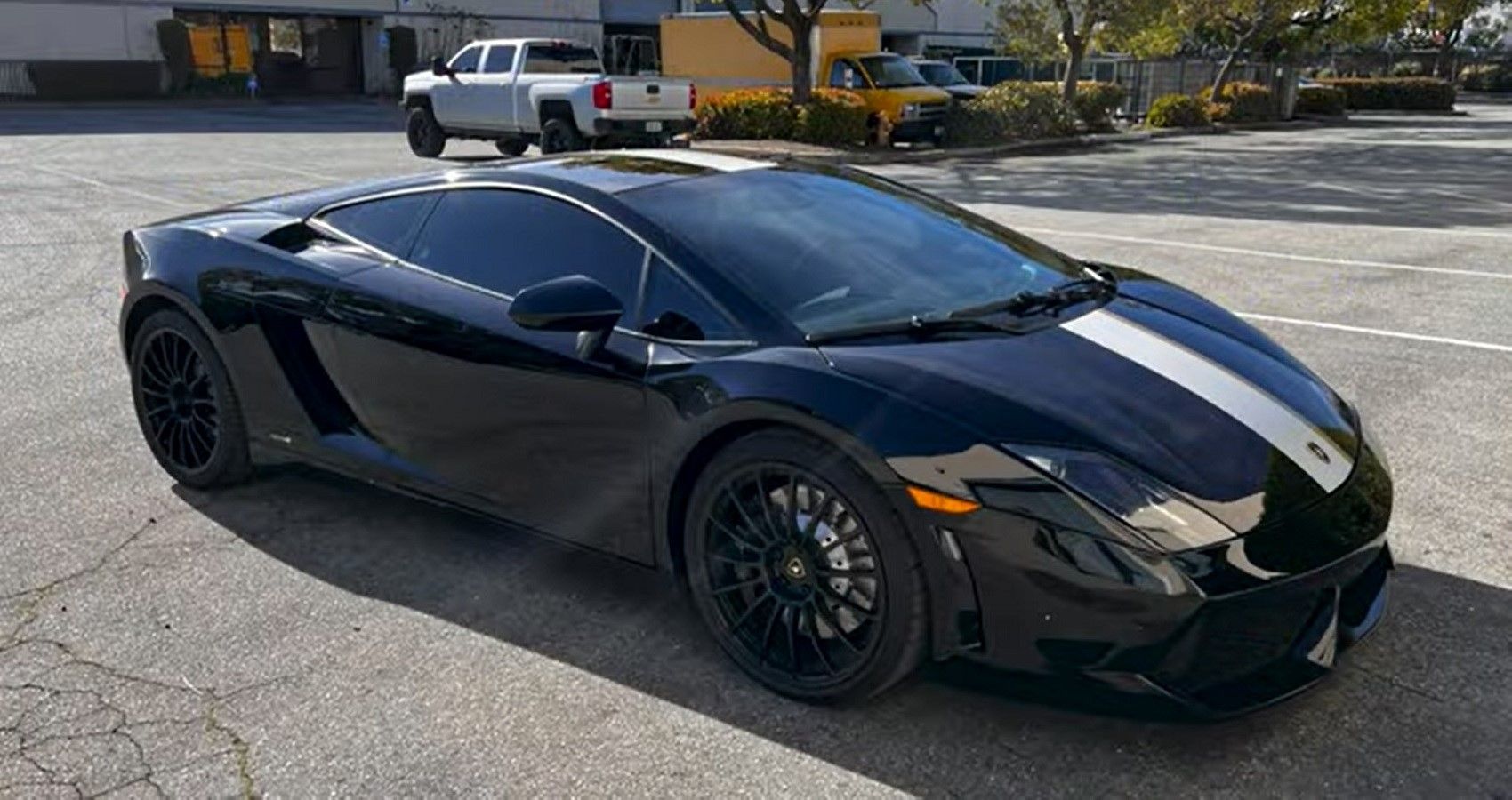For the average person buying a used car can be challenging. You will want to know the market value of the car, factor in things about the car’s condition that negatively affects its value and decide on a fair price with or without haggling.
It can leave you overpaying or treating the seller unfairly by offering an aggressively-low price or picking apart the car on every minute fault or scratch.
SuperspeedersRob on YouTube thinks he can help by offering some advice through the context of a used supercar that he recently went to buy and the calculations he made that caused him to walk away – here’s what he alludes to in the video regarding an appealing Lamborghini.
Rob Ferretti Is SuperspeedersRob: How To Buy A Supercar
Rob starts off by explaining a situation that he found himself in recently: a $1,000 trip to go and see a car before going any further with the buying process. It’s a reasonably-priced Lamborghini Gallardo, the predecessor to the wildly-successful Huracán.
Hagerty suggests a ‘good’ 2004 Gallardo is worth $83,000, and a 2014 Gallardo LP550 around $102,000. Classic.com suggests around $99,000 for the base model of all years.
We learn that 10-year-old cars like Lambos lose a lot of value after 40,000 – they become ‘high-milers’ – so the car is just under, but will be a high-miler in a year or so.
This car is potentially worth $115,000 as a representative Lamborghini with no faults or damage you wouldn’t think were consummate with the mileage; but it has some stories to tell on the walk-around check.
Check The Car; If All Else Fails Then Walk Away
A test-drive (if you have insurance) is a good way to check for drivetrain condition and a specialist mechanic’s opinion is also invaluable, Rob refers to the ‘PPI’ – ‘Pre Purchase Inspection’.
Anyone buying a car will need to walk around it though, and not to kick the tires or point out very tiny scratch or chip Rob says, but to find significant things that will cost you later.
If the car costs $115,000 but needs $20,000 of repairs, you shouldn’t overpay to swallow the costs yourself or lose value if you decide to sell it later. In this case, this is exactly what is happening: the supercar has a short list of issues that will require attention to bring it up to its $115,000 market value or the seller will need to bring down the price to $95,000.
There is smoke coming from the rear engine bay, an oil leak which could be a leaking gasket, cracked headlight lenses, major stone chips all over the front, misaligned front bodywork, a sagging roof liner, delaminating door cars/sills and the dashboard leather is pulling away around the air vents.
These are minor flaws but become significant when the repair work could be a costly $20,000; Rob walks away and suggests we do the same in a similar situation.


